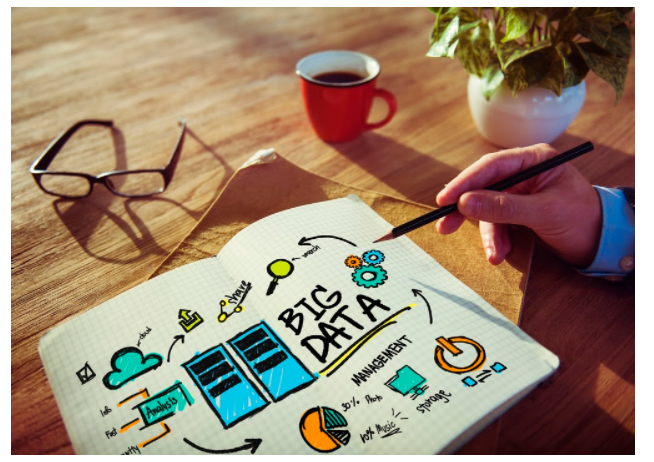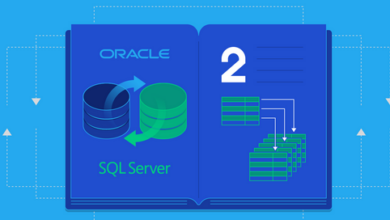Big Data in Higher Education: Ethics and Benefits

There is no doubt that big data is of significant use in higher education. Universities generate huge volumes of data. This fact alone indicates the use that big data can bring. Along with it, big data can be used for many more purposes. They can be used to identify the needs of students, such as, for example, a need to apply for additional professional essay help from, say, SmartWritingService.com, a professional writing company.
Additionally, there are many more benefits. Let us have a closer look at the main of them.
Classification and Forecasts
Big data can be used for the classification of students and the creation of their behavioral patterns. For example:
- Big data is used to develop recommendations on specific courses;
- It is irreplaceable for monitoring students` progress in general and in specific subjects;
- It is absolutely advantageous for creating networks among students.
Big Data in University Management
Additionally, if we speak about universities, big data allows keeping and classifying information, significantly improves the establishment management. Finally, data analysis helps to develop individual recommendations based on the analysis of the data of a specific student and detecting patterns.
One of the main benefits of big data is the availability of information. Now, a lot of information can be accessed, and researchers take full advantage of it.
What Is so Special in Big Data?
You might insist that all the mentioned processes were somehow managed before we started to apply big data. However, there are significant differences between the older methods and methods used in the case of big data. The main distinctive features of big data application are:
- Big data allows us to keep, organize, classify, and process huge volumes of information. Everything is done automatically. You can create backup copies to ensure top safety for your data.
- Big data relies on inductive processes instead of traditionally applied deductive ones. In this case, we speak about using computational power to process huge data volumes and based on them, develop conclusions.
- Machine learning and artificial intelligence are the basics behind big data.
- Big data allows generating specific cases based on the provided information.
Thus, big data are used to identify those relationships between patterns, systems that are new, or those that are based on previous systems and patterns. However, this approach is not used to identify individual variations or specifics within common patterns. This is one of the challenges of big data applications. There are more challenges and arguable aspects though. Let us have a look at them, too.
Big Data Is About Trends, not Individual Phenomena
When we use big data to perform analysis and create forecasts and patterns, we create them in general, as a trend. This is, however, one of the main benefits and at the same time one of the main drawbacks. While the benefit is clear, what about the drawback then?
Big data doesn’t consider the individuality of each student. Thus, behind a trend, we cannot see individual achievements of failures. The interests of students aren’t considered, either.
We can see just a pattern. How is it built though? A set of data is disassembled into specific components, smaller information pieces. Based on the prevailing components, trends are determined. Then, based on the trends, recommendations are developed. However, these recommendations consider general features only.
Thus, results acquired by performing such analysis are one-sided and don’t take into consideration one of the major factors – human individuality.
Confidentiality Concerns
Another significant drawback is connected with confidentiality matters. When somebody`s private information is stored or processed, even if it is done anonymously, this information is exposed. It, in turn, means that it becomes more vulnerable. While this issue can be solved by notifying students that their data will be used for these specific purposes and asking for special permission to use personal data, the question still exists.
Final Thoughts
There is no doubt that big data can significantly complement many aspects of university life. Along with the fact that the application of big data can make the management of any educational establishment easier, big data can help to manage studies.
For example, nowadays, big data is already applied widely to determine specific trends and patterns in student communities. The analysis of huge information volumes also provides the most objective data.
There are challenges, too. One of the main problems is the ethical side of information use. First of all, in most cases, personal data of students, including such information as to their age, sex, major, etc., are collected. Then, this information is processed. This all is connected with the information exposure to many threats, including such dangers as information leaks, theft, and misuse.
While this challenge can be partly mitigated by informing students about the possible consequences and requesting permission to use their private data, the issue is still there. We hope though that with time, security measures will be developed to guarantee the proper protection level for such data.
Another significant issue is the ignorance of a student’s personality, individual preferences, interests. With big data applications, only general trends are determined. Everything that is out of a specific trend is not considered. Thus, the individuality of a student is left behind. It means that if we rely on big data only, we will pay attention to average students instead of prominent ones.




